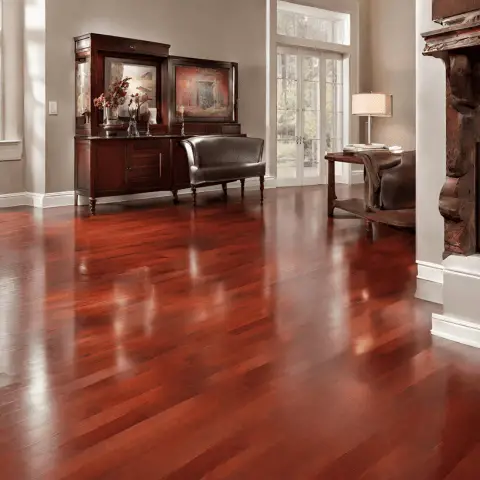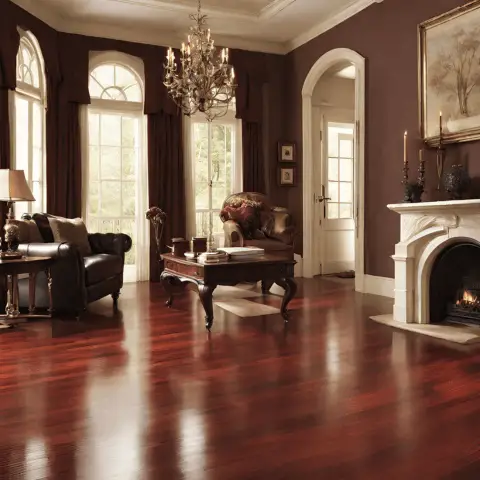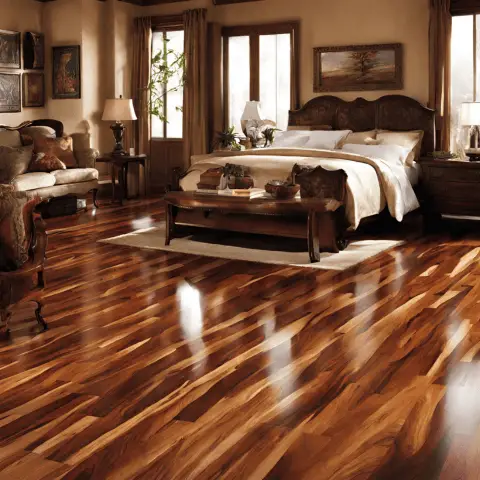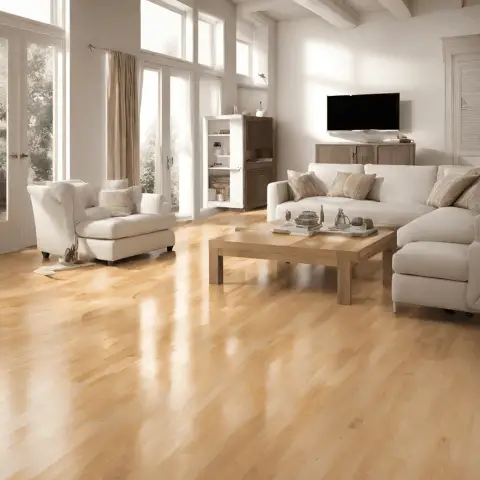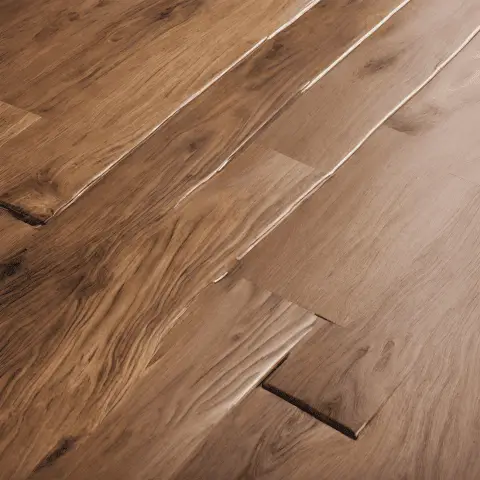how to clean Hickory Flooring (Like a Pro in Minutes!)
Sweep the floor to remove dust. Vacuum to catch anything you missed. Mix 2 gallons of water with half a cup of hardwood cleaning solution in a bucket. Dampen the mop by dipping it in the mixture and wringing it out. Avoid soaking it, as too much water can harm the wood. Mop to pick up extra dust and let the floor dry. Don’t use acidic or alkaline substances like vinegar or bleach. Use neutral-pH solutions, especially for polyurethane finishes.
Hickory, known for its striking color variations and intricate grain patterns, is a popular choice for hardwood flooring.
Aside from its natural beauty, hickory is also valued for its exceptional hardness and durability, making it suitable for high-traffic areas in homes.
Like all hardwoods, however, hickory flooring requires proper care to ensure its longevity and luster. This article delves into the best practices for cleaning hickory flooring, drawing upon data and research from industry experts.
1. Routine Cleaning
Daily maintenance can prevent the buildup of dirt and grime, which can cause scratches and wear over time.
a. Sweeping or Dust Mopping
The National Wood Flooring Association (NWFA) recommends using a soft-bristled broom or a dust mop for daily cleaning. Avoid brooms with hard or wire bristles as they can damage the wood surface.
b. Vacuuming
If you opt for vacuuming, ensure that the vacuum has a soft flooring attachment. The Consumer Reports research suggests avoiding vacuum cleaners with beater bars or hard heads, as they can cause scratches.
2. Deep Cleaning
Occasional deep cleaning, about once a month or as needed, can help maintain the floor’s shine.
a. pH-balanced Cleaners
Choose a cleaner specifically designed for hardwood floors. The NWFA warns against using vinegar or soap-based cleaners, as they can dull the floor’s finish or create a slippery residue.
b. Damp Mopping
A slightly damp mop works best. Excessive water can cause wood swelling, warping, or delamination. According to a study by Purdue University, water can penetrate the finish on wood floors, causing damage from the inside out. Ensure that you wring out the mop thoroughly to avoid water spots or streaks.
3. Dealing with Spills
Immediate action is crucial. Liquids can damage the wood finish and seep into the wood, causing stains and swelling.
a. Blotting
Use a soft, absorbent cloth to blot the spill. Rubbing can spread the liquid, so it’s essential to blot gently.
b. Cleaning Solutions
For tougher stains like wine or juice, a pH-balanced hardwood floor cleaner is recommended. Avoid using ammonia, bleach, or abrasive cleaners.
4. Preventive Measures
a. Protective Mats and Rugs
Placing mats at entrances can trap dirt, sand, and grit. However, the NWFA suggests avoiding rubber-backed or non-ventilated mats, as they can trap moisture and damage the floor.
b. Furniture Pads
Use felt pads or protective caps under furniture legs. This prevents scratches when furniture is moved or used.
c. Shoe Policy
High heels or shoes with damaged soles can dent the wood. A shoe-free policy or a designated area for shoes can prevent potential damage.
5. Restorative Measures
a. Scratch Repair
Minor scratches can be addressed using specialized touch-up kits available for wood flooring.
b. Refinishing
Over time, even with diligent care, a hardwood floor may lose its shine. Depending on the depth of scratches and the wear of the finish, a professional refinishing might be required. The National Association of Realtors states that refinishing hardwood floors can significantly improve their lifespan and aesthetics.
6. Avoidance of Harmful Products and Practices
a. Wax and Silicone
Using products that contain wax or silicone can damage the floor’s finish and make future refinishing difficult.
b. Steam Cleaners
Steam can cause damage by forcing moisture into the wood, leading to cupping or long-term damage. Most hardwood manufacturers and the NWFA advise against using steam mops on wood floors.
Conclusion
Hickory flooring is an investment that can last generations with proper care. By adhering to best practices and recommendations from industry experts, homeowners can ensure the beauty and durability of their hickory floors.
Regular cleaning, paired with preventive measures, can keep hickory flooring looking pristine and elegant for years to come.
Citations:
[1] https://www.homedepot.com/b/Flooring-Hardwood-Flooring-Solid-Hardwood/Hickory/N-5yc1vZbejwZ1z11e6m
[2] https://www.lowes.com/pl/Hickory–Hardwood-flooring-Hardwood-Flooring/4294856493?refinement=4294962482
[3] https://www.flooranddecor.com/hickory-wood
[4] https://www.llflooring.com/c/wood-hickory/
[5] https://www.hursthardwoods.com/store/Prefinished-Wood-Flooring/Domestic-Solid/Hickory/

